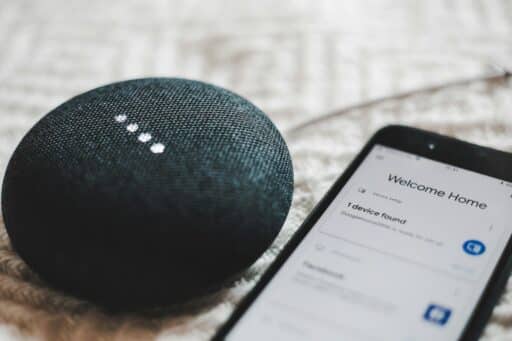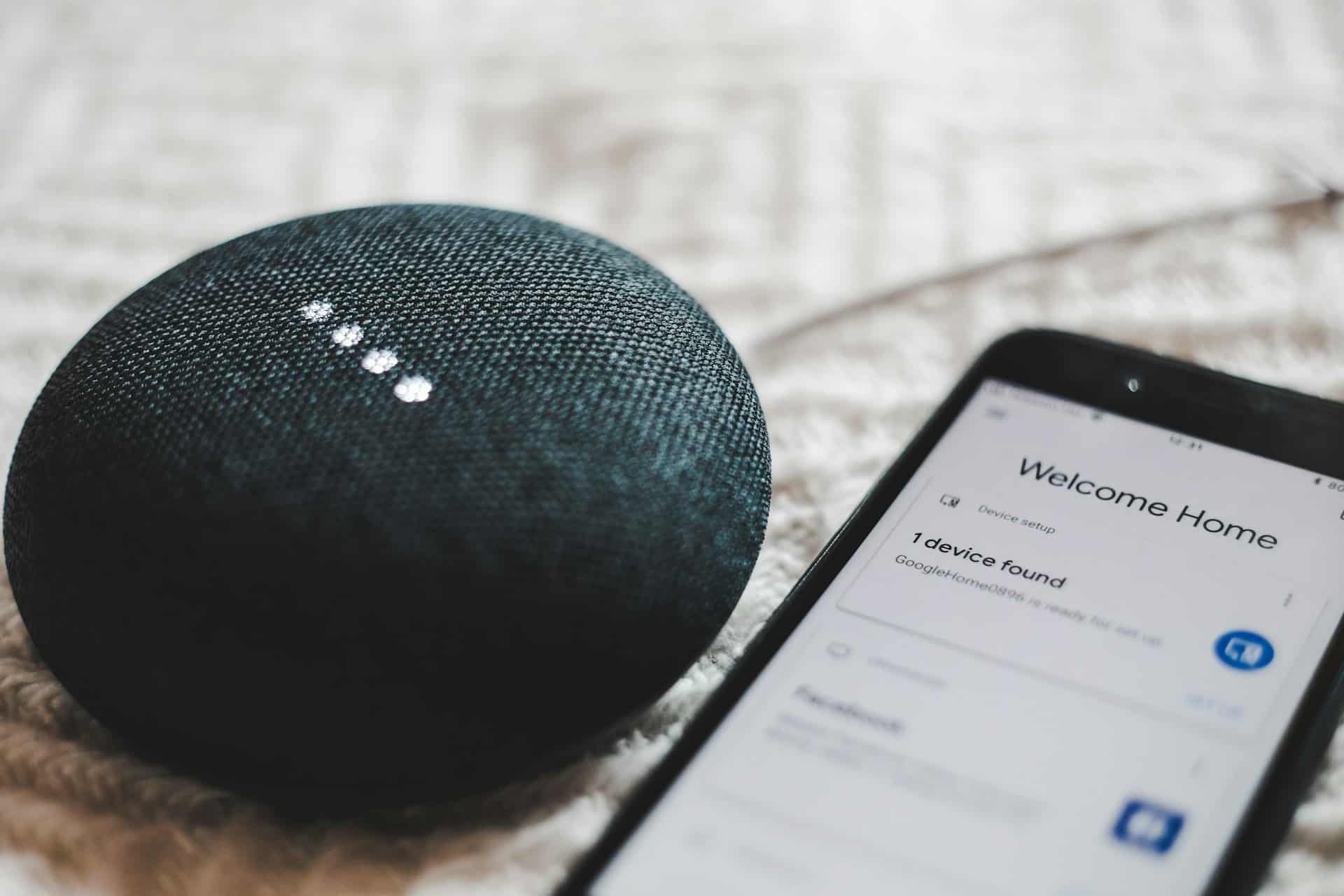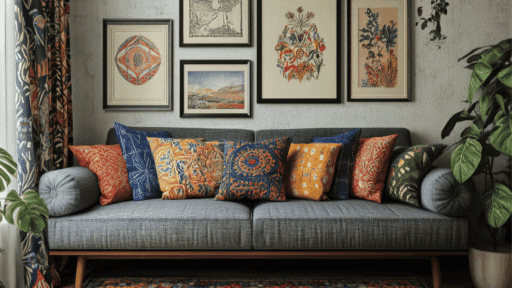For all the convenience smart homes promise, the setup rarely feels as intuitive as the marketing makes it seem. A few connected bulbs and a voice assistant might have been impressive five years ago, but now? That’s just the warm-up act. If your home still requires three different apps to turn off the lights and half your devices ignore you unless you phrase things just right, it’s time for a little upgrade—not a renovation, just a smarter approach.
The good news is, you don’t need to be a tech obsessive to pull this off. You don’t need to spend thousands. And you definitely don’t need to start from scratch. The smarter smart home is all about tightening the connections between the devices you already have and choosing just a few new ones that play nicely with the rest.
Don’t Add More, Make What You Have Work Better
Before you buy another gadget that promises to “change your life,” take a beat and look at what’s already in place. Most people don’t need more smart devices—they need the ones they’ve got to stop acting like a group of middle schoolers refusing to work on a group project. That means focusing on integrations.
Start with your hub, if you have one. If not, that’s the first move. A good hub—whether it’s built into your router or a dedicated device—makes everything else cooperate. Think of it as the translator for your smart speakers, your lights, your thermostat, even your vacuum. Apple Home, Google Home, and Alexa all have their quirks, but they can do a lot more once they’re connected to compatible third-party devices and actually communicating with them.
Don’t overlook routines, either. Setting up routines means your home starts anticipating your patterns. No more barking, “Alexa, turn off the lights” six times before bed. Just say goodnight once and let the whole house respond in sync.
Choose the Right Additions, Not Just the Trendy Ones
The market is full of shiny distractions. Color-changing bulbs are fun. So are smart mirrors. But if you want your space to genuinely feel smarter—quieter mornings, faster evenings, a little less daily chaos—you need to be pickier.
That’s where the latest smart home must haves come in. These are the devices that do heavy lifting in the background: things like occupancy sensors that adjust lighting and temperature based on whether someone’s actually in the room, leak detectors under your sink or behind your washer, smart locks that don’t require you to fumble for your keys with an armful of groceries, or a smart plug that turns off your straightener so you don’t spend the entire school run panicking about a house fire.
These aren’t just gadgets. They’re peaceful. Look for ones that support Matter, the new-ish universal smart home standard that’s finally cutting down on compatibility headaches. If it plays well with Matter, odds are it’ll work with the rest of your setup and won’t be obsolete in six months.
Automate What’s Repetitive, Not What’s Personal
There’s a fine line between helpful automation and losing control of your own house. The goal isn’t to make your home feel like it’s running on rails—it’s to get rid of the stuff that slows you down. Automate temperature settings based on the time of day, but don’t let your house lock you out when you’re chasing your dog barefoot through the backyard.
Lights that dim when it’s bedtime? Great. Curtains that open gradually in the morning? Even better. But the best smart homes still feel human. If your system starts overriding your preferences or reacting too rigidly, pull back. Reevaluate your triggers. Go for automation that’s invisible, not intrusive.
And while you’re at it, consolidate your apps. If you’ve got to open five different ones to turn off the house before bed, you don’t have a smart home, you have a part-time job.
Upgrade Security That’s Actually Smart
Security is one of the most popular entry points into the smart home space, but a lot of people stop at doorbell cams and never think further. That’s fine, but it’s like getting one shoe. You’ve got options now that go way beyond just filming someone stealing your packages.
Modern systems let you set up geofencing so your cameras turn on when you leave the neighborhood and turn off when you’re home, without you doing anything. You can control access to your home with temporary digital keys for house cleaners, dog walkers, or in-laws (and revoke them whenever you want—no awkward key retrievals required). And with detection cameras getting better at distinguishing between people, pets, cars, and falling leaves, your phone won’t blow up every time the wind kicks up.
Look for systems that support local storage so your footage doesn’t live in the cloud forever, and make sure they’ve got solid privacy policies. Just because it’s “smart” doesn’t mean it’s immune to dumb decisions.
Create Comfort, Not Just Convenience
The smartest homes aren’t just efficient—they’re good to be in. They adapt to you instead of the other way around. That might mean smart speakers that lower the volume at night without being asked, or air purifiers that ramp up automatically when pollen levels spike. Maybe it’s a system that adjusts your lighting throughout the day to mimic the sun, helping your circadian rhythm stay on track even during the most soul-sucking workweek.
You can get creative here, too. Sync your home scent diffuser with your calendar so it turns on during your designated “do not disturb” hours. Or let your lighting shift subtly during long Zoom meetings to keep you from feeling like you’re trapped in a dentist’s office.
And don’t forget the low-key joy of setting the mood with voice control. A single command that turns down the lights, starts your playlist, and shuts the blinds? It’s a small thrill every time.
Pulling It All Together
Making your smart home actually feel smart isn’t about jumping on every new trend or drowning your house in tech. It’s about using what you’ve got in a smarter way, then making a few intentional additions that make your space calmer, safer, and easier to live in. It’s the difference between a house that listens and a house that understands. And honestly, isn’t that what we’re all hoping for—just a little more help from the place that’s supposed to make life easier?





![Best Contour Memory Foam Pillow [The Ultimate Buying Guide]](https://cdn.enthrallinggumption.com/wp-content/uploads/2025/08/slaapwijsheid-nl-4hr8GcsUZOA-unsplash-512x288.jpg)


